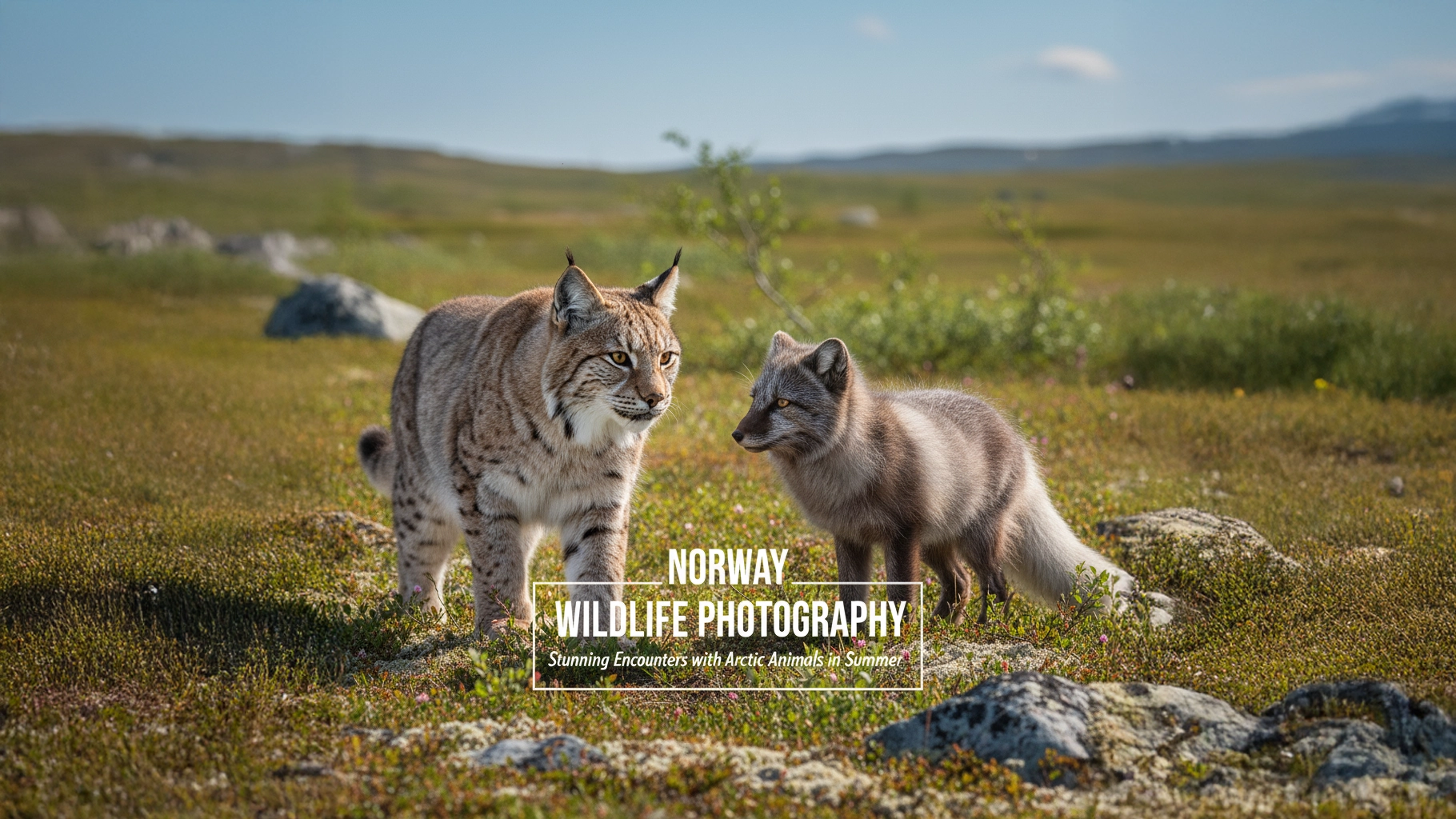
Norway Wildlife Photography: Stunning Encounters with Arctic Animals in Summer
Introduction to Norway Wildlife Photography
Norway is a dream destination for wildlife enthusiasts and photographers alike. Its breathtaking landscapes — from rugged fjords to endless tundras and dense boreal forests — are home to some of the most fascinating creatures in Northern Europe. Norway Wildlife Photography offers not only the chance to see rare animals but also the opportunity to capture them against some of the world’s most dramatic backdrops.
Table of Contents
ToggleSummer, in particular, brings a unique transformation. As the snow melts and the midnight sun shines across the horizon, Norway’s wilderness bursts into life. Predators of Scandinavia, such as the Eurasian lynx, roam more freely, while the Arctic fox undergoes its famous seasonal coat change. For a photographer, it’s a season of colour, contrast, and unforgettable encounters.
Exploring the Boreal Forest and Tundra Ecosystems
Boreal Forest Wildlife of Northern Europe
Stretching across much of Norway, the boreal forest is a hotspot for wildlife. Here, moose wander among towering pines, brown bears forage for food, and countless bird species thrive in the canopy. These woodlands are also where one might catch a glimpse of the elusive wolf or the lynx, making it a treasure trove for photographers seeking diverse subjects.
Carnivores of Norway: Predators of Scandinavia
Norway is home to some of the most iconic carnivores in Europe. The Eurasian lynx, wolverine, and brown bear are among the top predators, each playing a crucial role in the ecosystem. Photographing these animals requires patience, stealth, and often, a bit of luck. But when you succeed, the result is a powerful portrait of wild Norway at its rawest.
Arctic Fox Summer Coat: A Rare and Beautiful Transformation
Seasonal Adaptations of the Arctic Fox
One of the most striking wildlife experiences in Norway is observing the Arctic fox as it shifts from its thick, white winter coat to a thinner, brown or gray summer coat. This transformation allows the fox to blend into rocky tundra landscapes and makes for extraordinary photo opportunities.
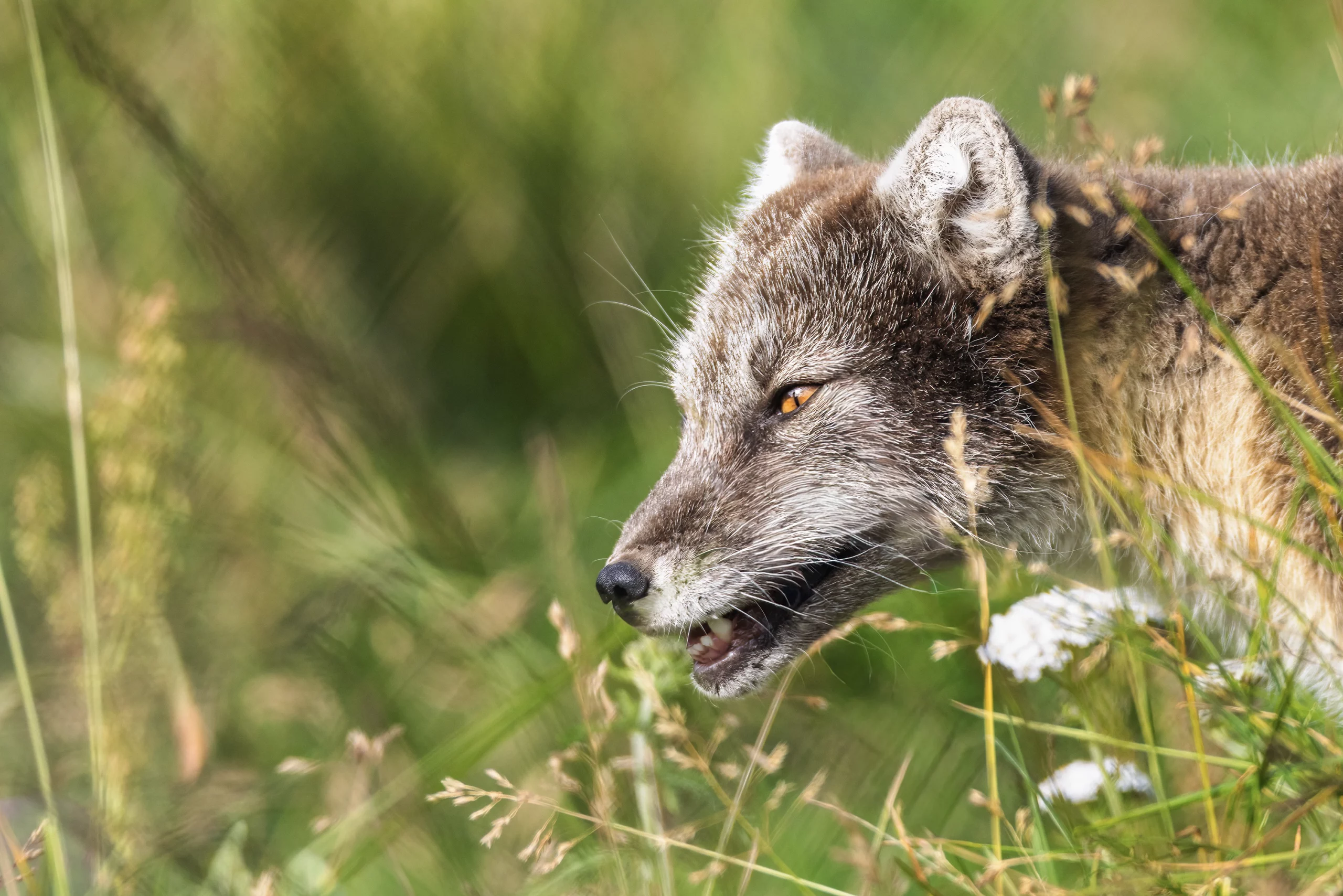
Tips for Arctic Wildlife Photography
- Use long lenses to capture close-ups without disturbing the animal.
- Golden hours (late evening and early morning) provide the best light under the midnight sun.
- Blend in with the environment by wearing muted clothing and minimising noise.
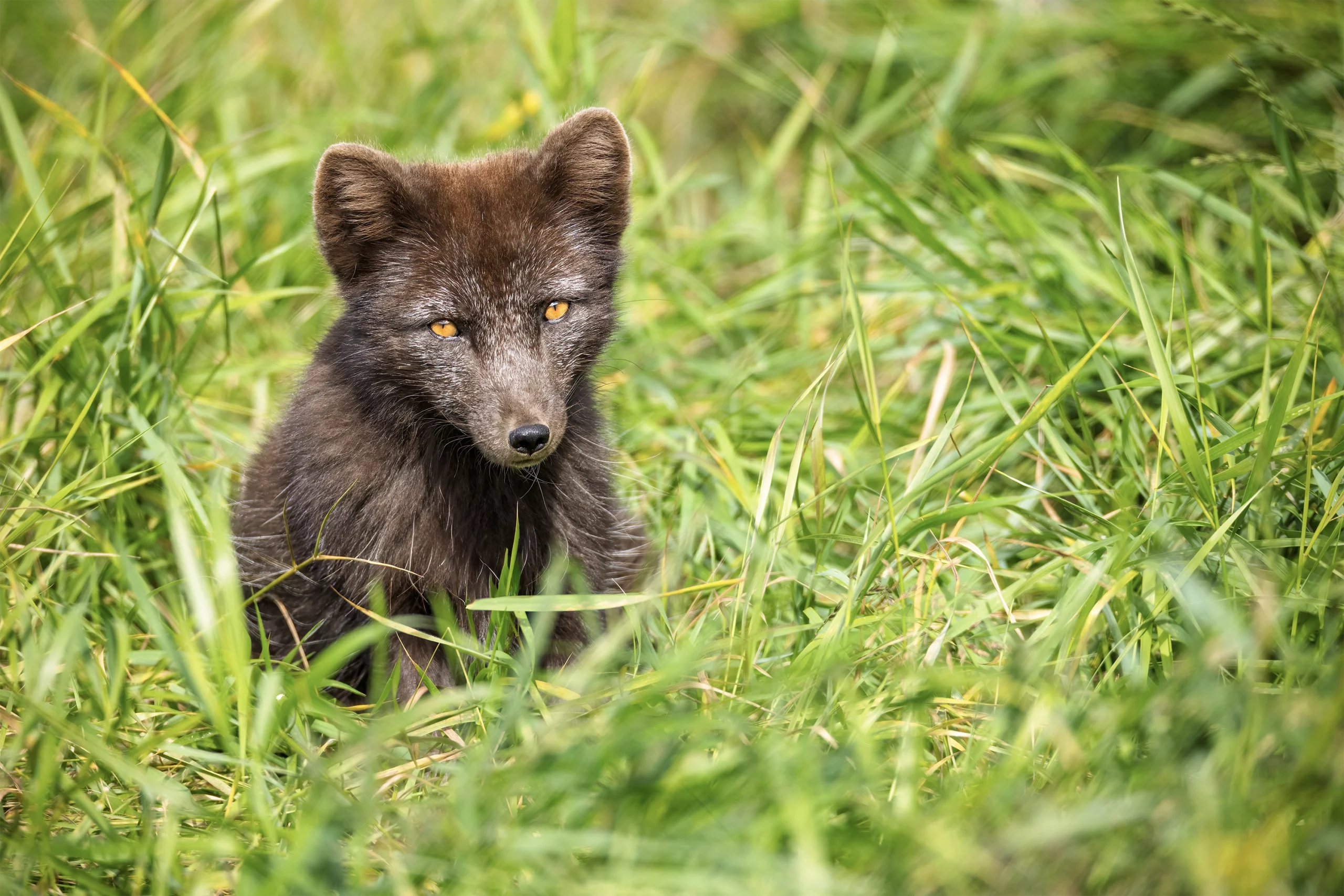
Capturing the Arctic Fox in Its Summer Habitat
Photographing the Arctic fox in summer requires heading to remote tundra regions. Places like Dovrefjell National Park are known for fox sightings. Patience is essential, as foxes can be shy, but with persistence, you may capture them in playful behaviour or while hunting under the glowing Arctic sky.
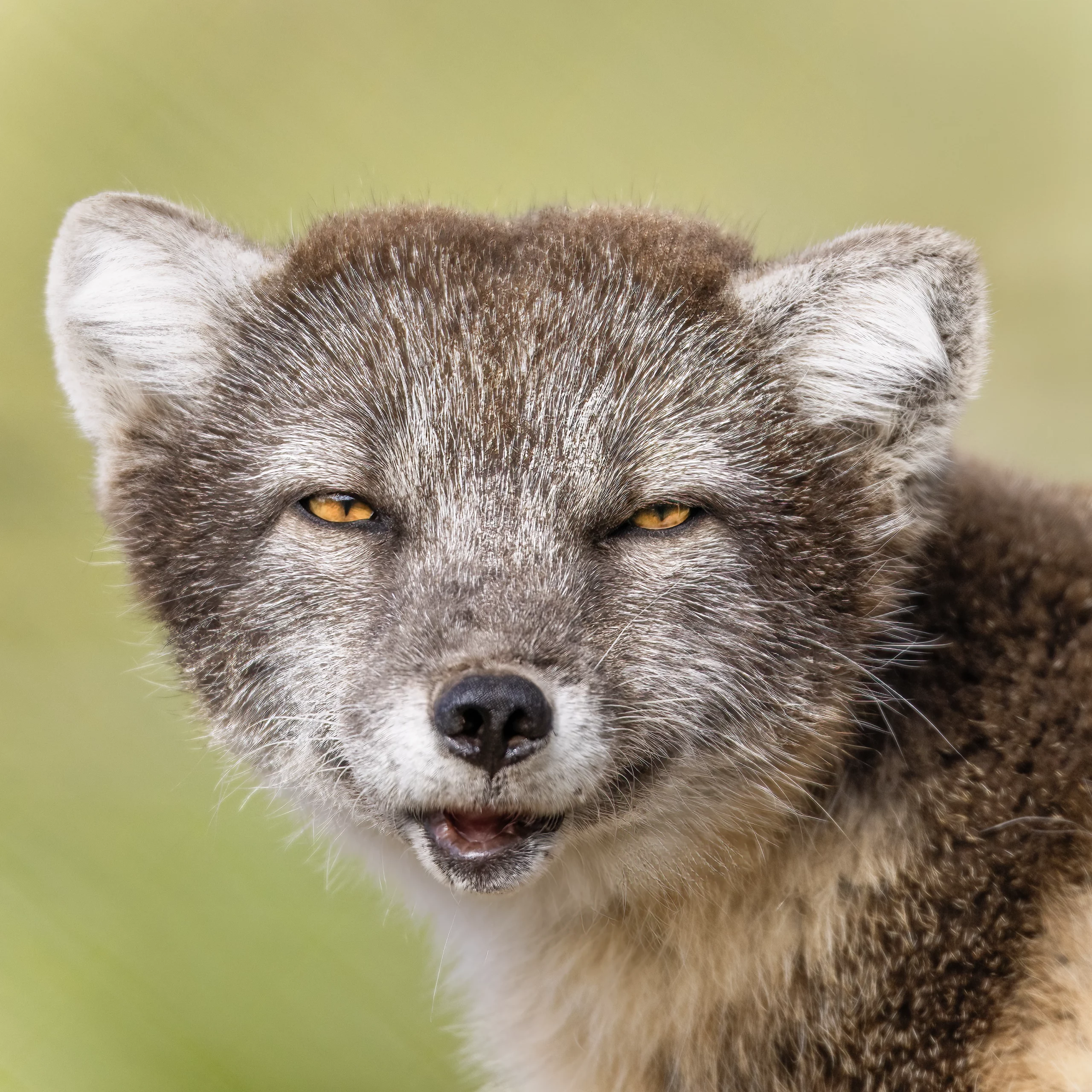
Eurasian Lynx Photography: The Elusive Predator of Scandinavia
Understanding the Behaviour of the Eurasian Lynx
The Eurasian lynx is Norway’s most elusive carnivore. Solitary and primarily nocturnal, it thrives in boreal forests where dense cover helps it stalk prey. Its tufted ears and piercing gaze make it a mesmerising subject for wildlife photography.
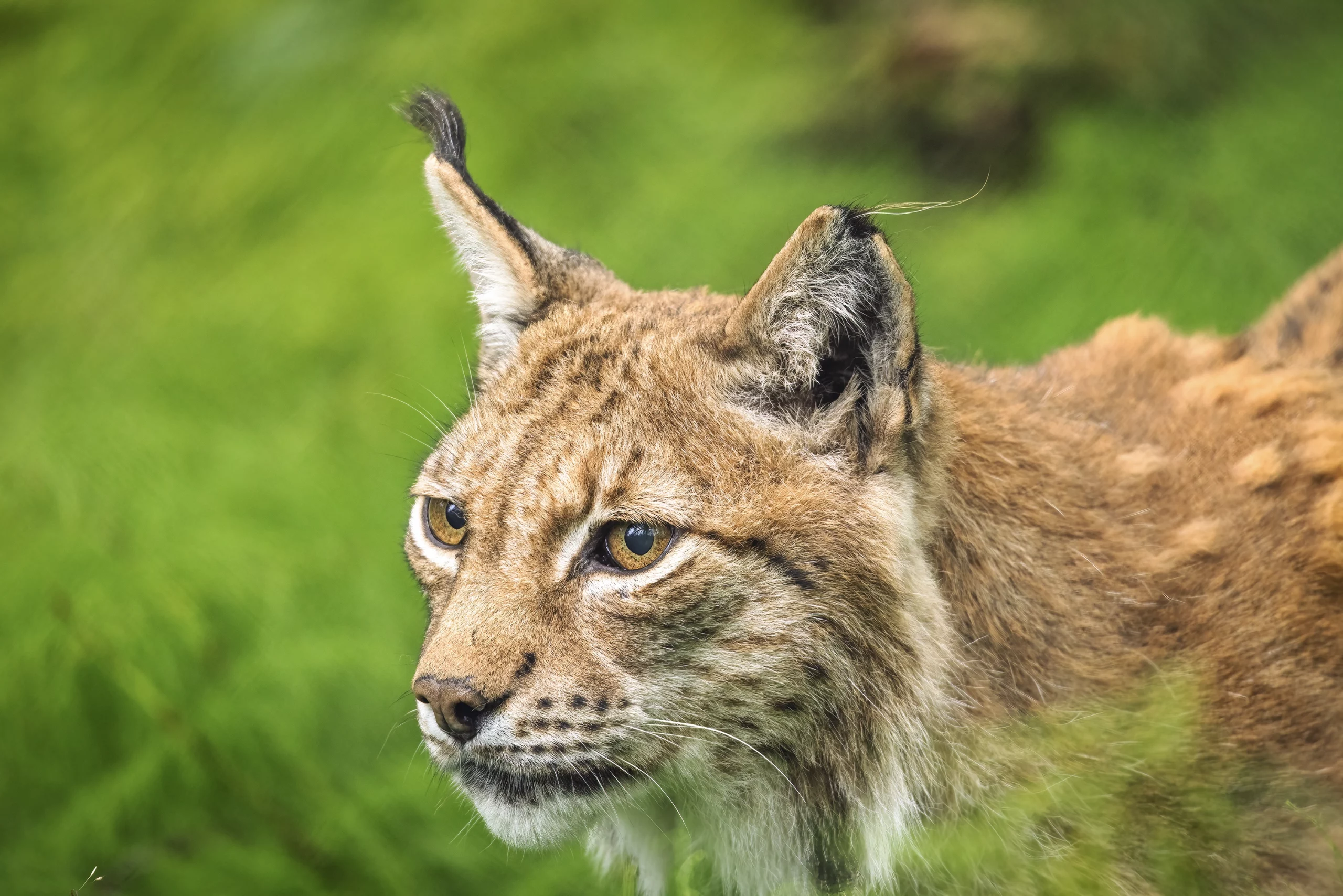
How to Spot and Photograph This Rare Animal
Spotting a lynx in the wild is very rare, but dedicated photographers sometimes succeed by tracking footprints or working with local guides who know their ranges. Camera traps are another effective tool for capturing stunning shots of this shy predator.
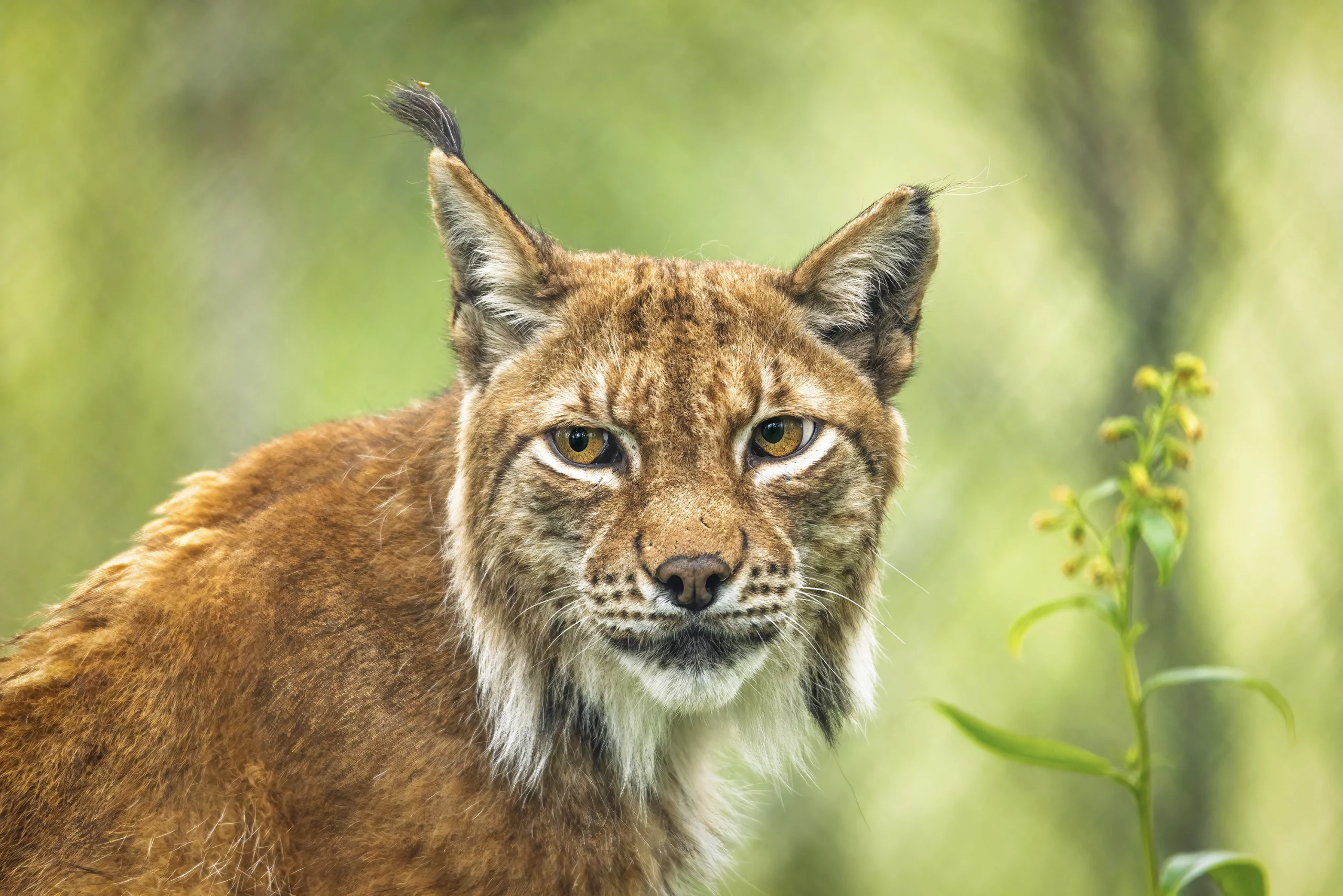
Challenges of Lynx Photography in Norway
Photographing the lynx is not for the faint-hearted. Harsh weather, long treks into remote areas, and the animal’s secretive nature make every sighting a hard-won reward. Yet, these very challenges make the experience unforgettable and deeply rewarding.
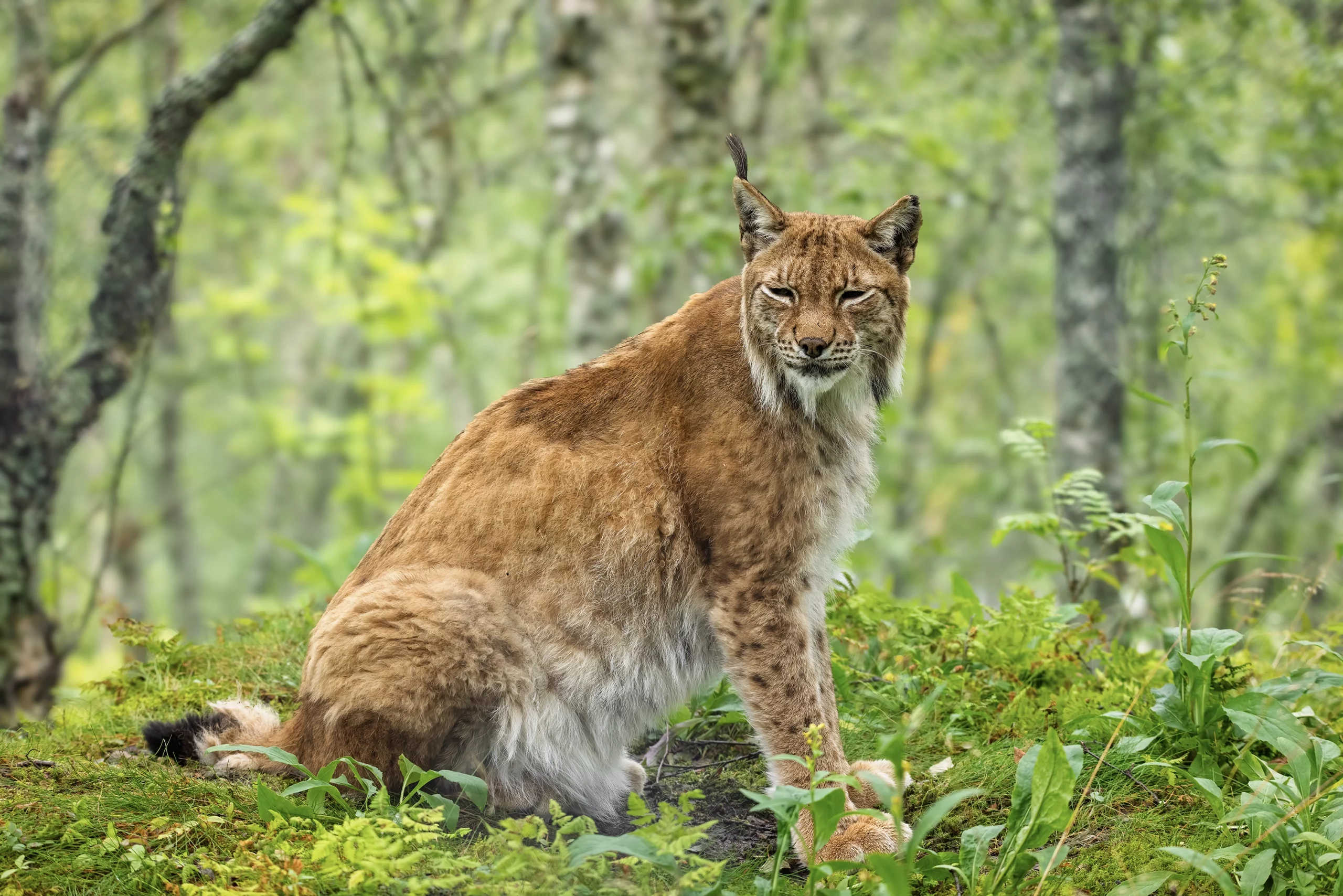
Other Rare Animals of Norway Worth Photographing
Reindeer and Musk Ox of the Tundra
Norway’s tundras are home to herds of reindeer and the prehistoric-looking musk ox. These animals thrive in the harsh climate, and photographing them against sweeping landscapes provides dramatic and powerful images.
Birdlife in the Arctic Summer
From puffins along coastal cliffs to majestic sea eagles soaring above fjords, Norway’s birdlife is equally captivating. The long summer days allow endless opportunities for bird photographers to capture action shots of flight, hunting, and nesting.
Practical Guide to Nature Photography in Norway
Best Seasons and Locations for Norway Wildlife Photography
- Summer (June–August): Best for Arctic fox, lynx, and reindeer.
- Spring (April–May): Bird migrations peak, forests bloom with life.
- Winter (December–February): Capture snowy landscapes with reindeer and fox in full winter coats.
Top locations include Dovrefjell National Park, Varanger Peninsula, and Lofoten Islands.
Essential Gear for Arctic Wildlife Photography
- Telephoto lenses (400mm or more)
- Sturdy tripod for long exposures
- Weatherproof clothing and lens protection
- Drone (where permitted) for landscape perspectives
Ethical Practices for Wildlife and Nature Photography
- Keep a safe distance from animals.
- Avoid disturbing nests or dens.
- Follow national park rules and respect protected areas.
Responsible photography ensures Norway’s wildlife remains safe and undisturbed for generations.
FAQs About Norway Wildlife Photography
Q1: What is the best time of year for Norway wildlife photography?
A: Summer is ideal for diverse wildlife sightings, while winter offers snowy backdrops and animals in their thick coats.
Q2: Where can I photograph the Arctic fox in Norway?
A: Dovrefjell National Park and certain tundra regions are known hotspots.
Q3: Is it possible to photograph the Eurasian lynx in the wild?
A: Yes, but it’s extremely rare. Working with local guides or using camera traps increases your chances.
Q4: What rare animals should I look for in Norway?
A: Arctic fox, Eurasian lynx, musk ox, reindeer, wolverine, and sea eagles.
Q5: Do I need special permits for wildlife photography in Norway?
A: Most areas are open, but some parks and drone use may require permits. Always check local regulations.
Q6: What gear is essential for Arctic wildlife photography?
A: A telephoto lens, tripod, protective clothing, and weatherproof equipment are crucial.
Conclusion: The Magic of Photographing Arctic Animals in Summer
Norway Wildlife Photography is more than just capturing animals; it’s about immersing yourself in the wild rhythms of the Arctic. From the camouflage of the Arctic fox to the stealth of the Eurasian lynx, each encounter tells a story of survival and adaptation. With patience, respect for nature, and the right techniques, photographers can create images that reveal the raw beauty and uniqueness of Norway’s wildlife in summer.
For more on Arctic wildlife and photography tips, you can explore resources from WWF Arctic Program.
Stephen Paul Young
I’m Steve (Stephen Paul Young), a landscape, digital and film photographer with a deep love for capturing the beauty of nature, light, and atmosphere. Whether I’m out at dawn chasing the perfect sunrise, exploring woodland trails, or experimenting with black-and-white film, photography is my way of seeing the world. I’m drawn to the small details and the big vistas alike, always looking for that moment where light, texture, and emotion come together. For me, photography isn’t just about taking pictures—it’s about storytelling, connection, and the joy of being present in the landscape.
You May Also Like
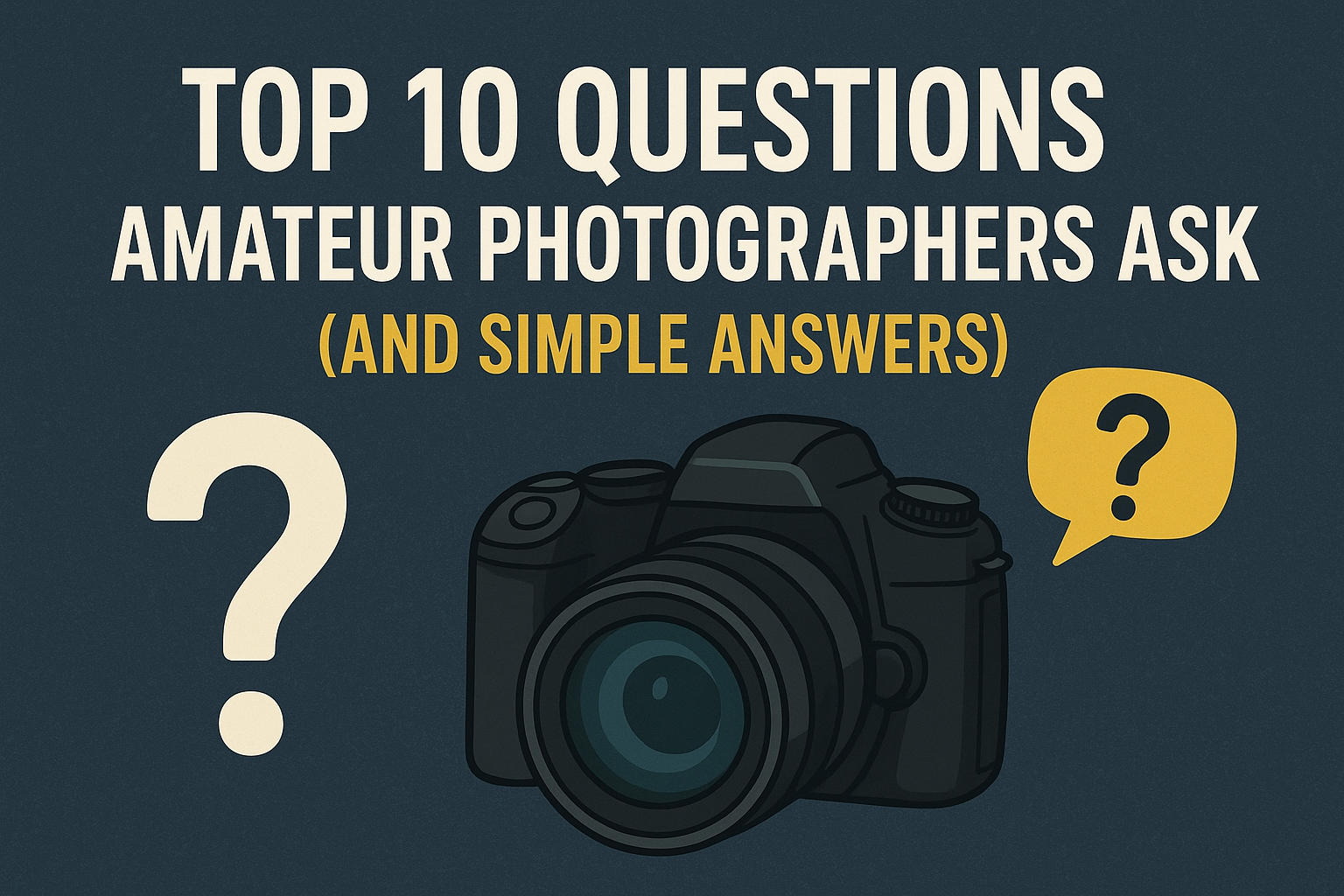
Top 10 Questions Amateur Photographers Ask (and Simple Answers)
28 November 2025
Black and White Coastal Photography: Six Fine Art Studies (2025)
7 November 2025